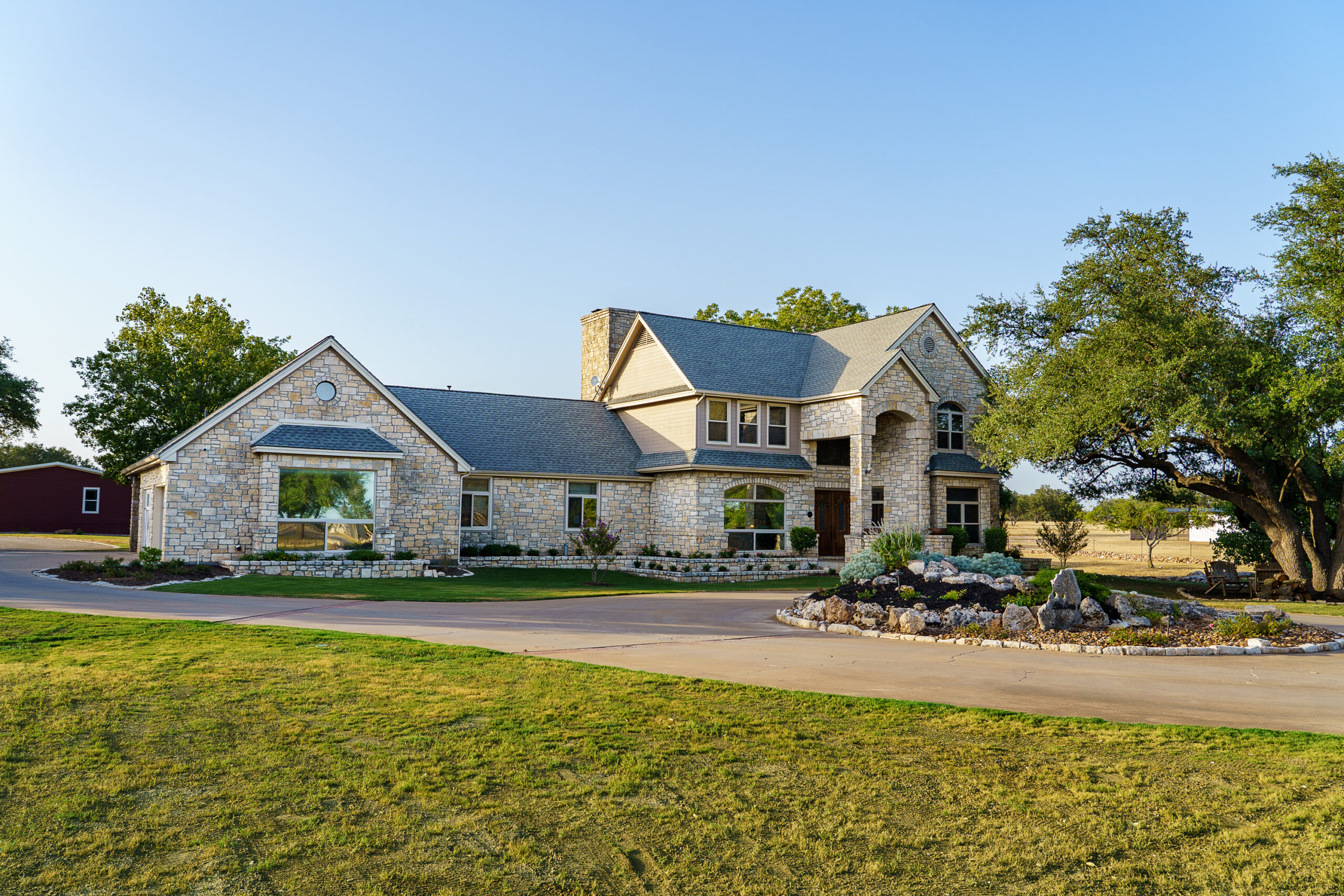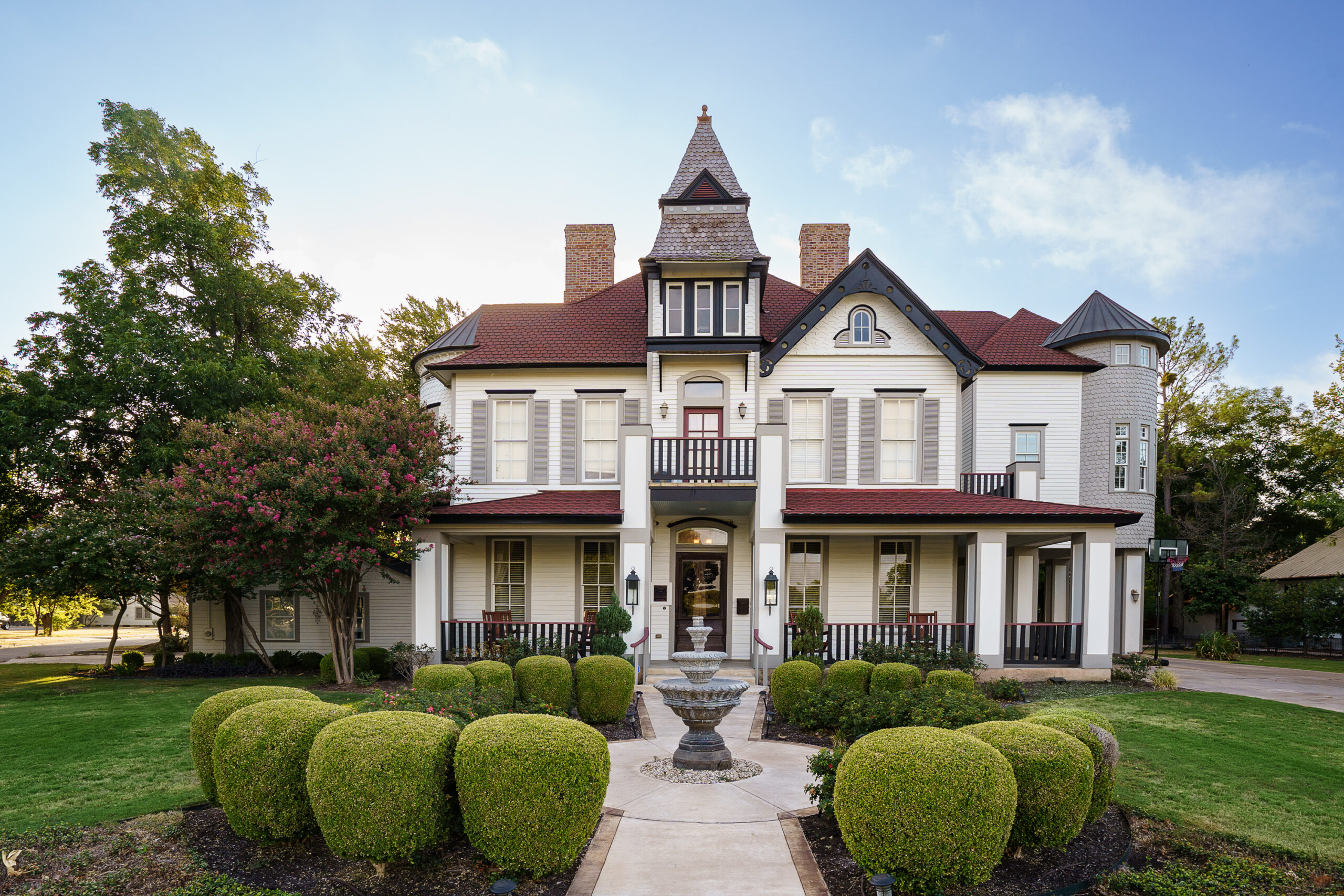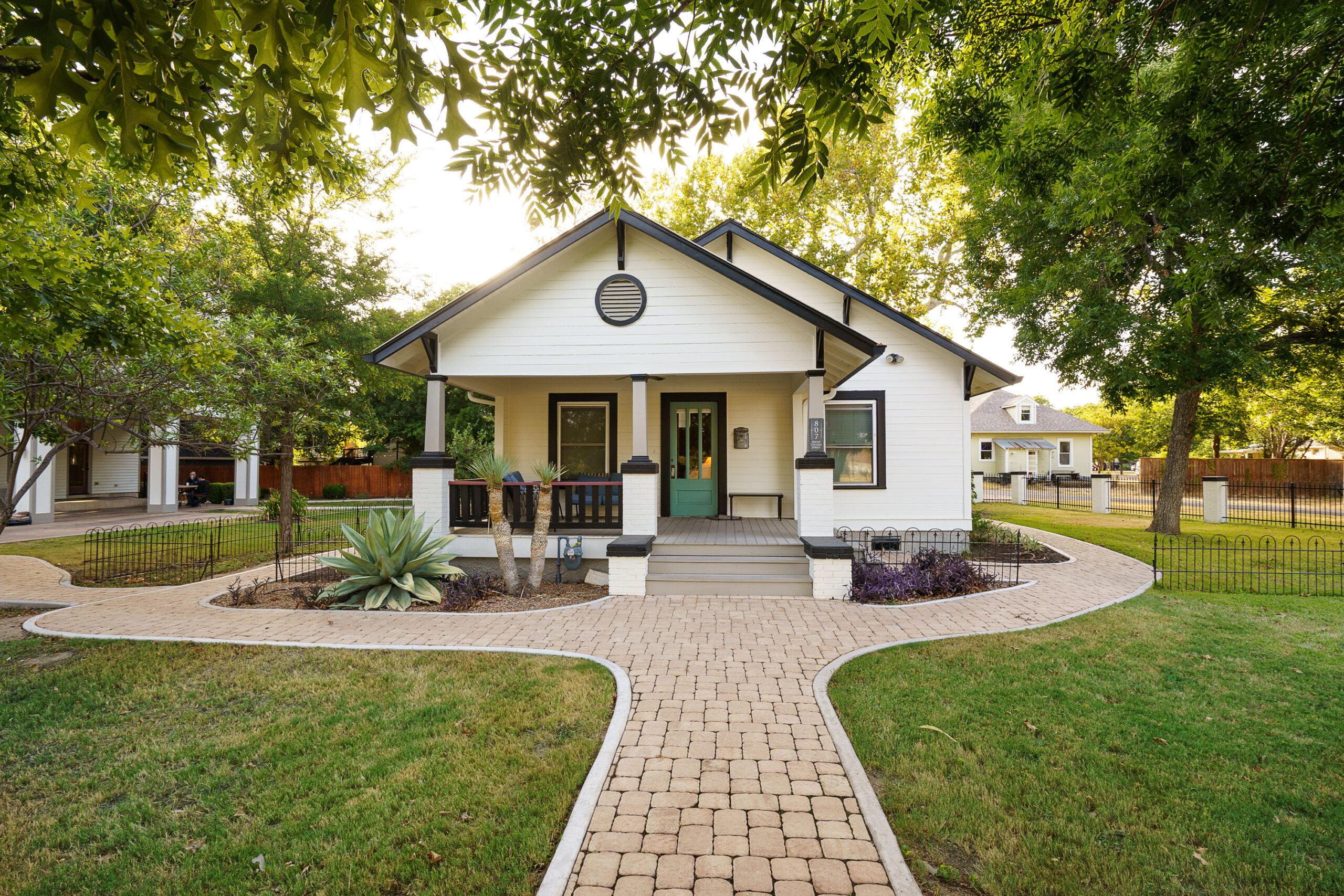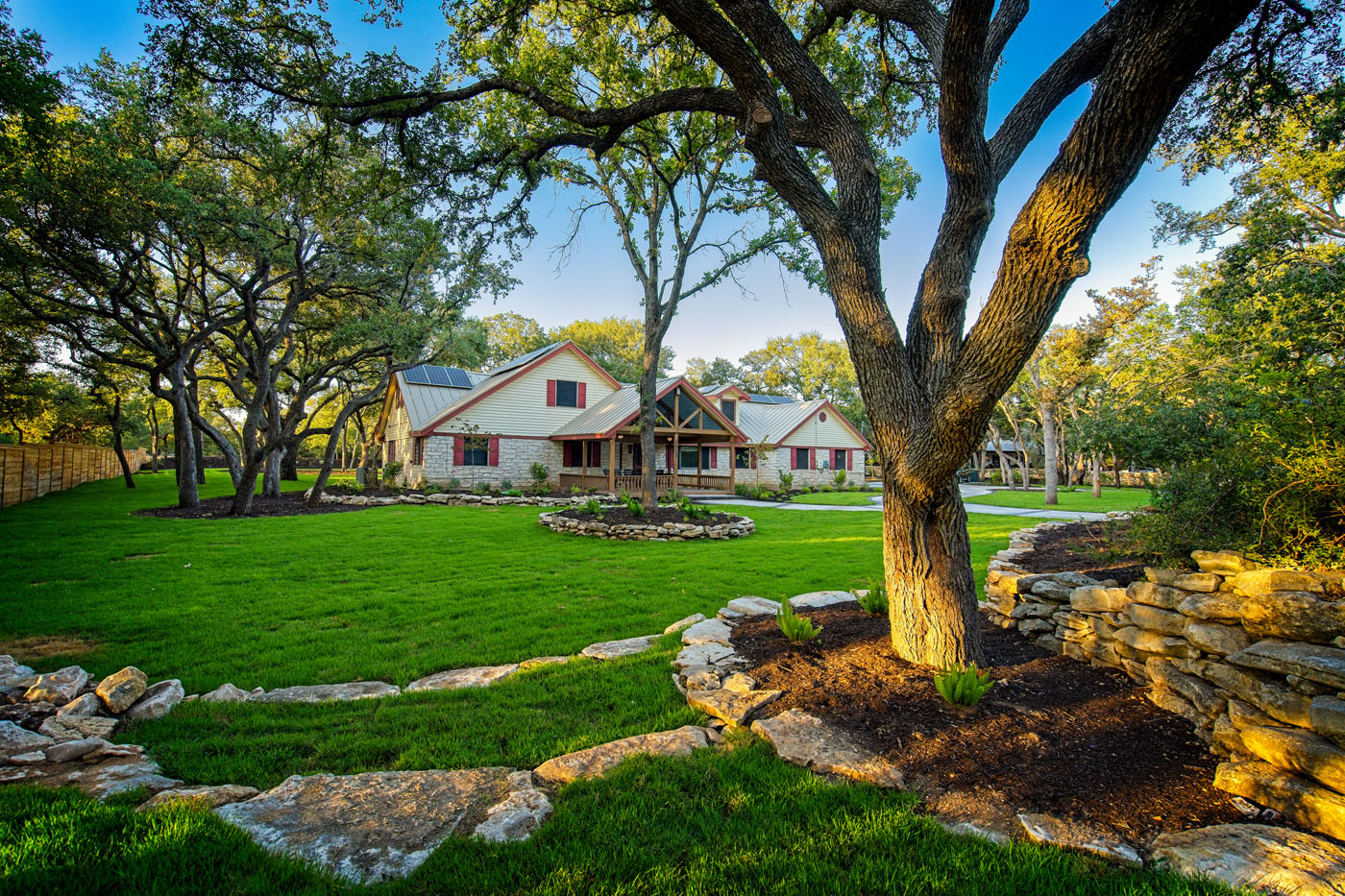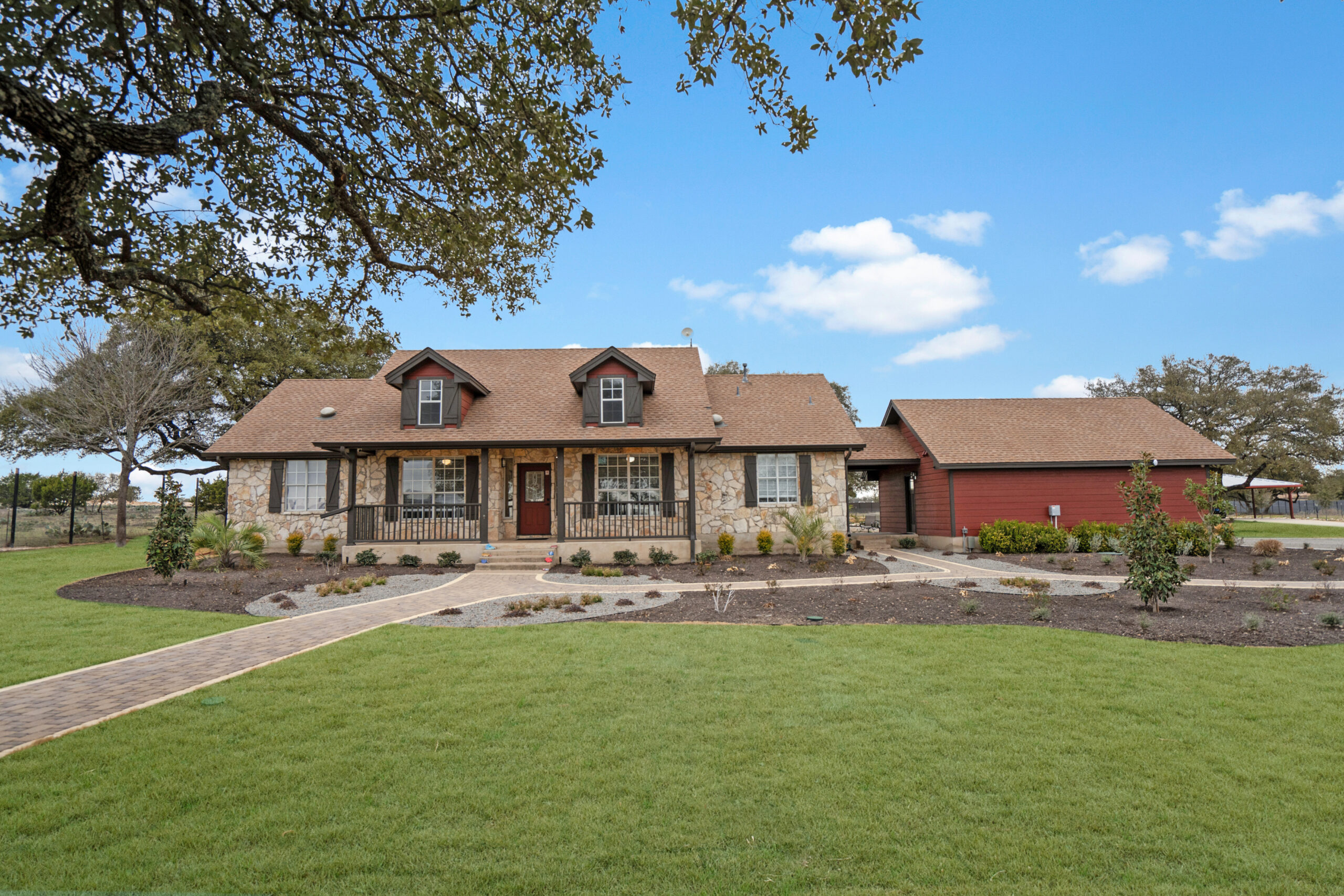Why Long-Term Treatment Holds Value
Long term treatment facilities for bipolar disorder have gained notable importance due to the chronic nature of the condition. While medications can stabilize mood swings, comprehensive care requires a more enriched approach that extends beyond pharmacological interventions. As a mental health professional with over two decades of experience, I have seen firsthand how essential it is for patients to have access to environments that support both emotional and psychological stability over an extended period.
Bipolar disorder does not merely affect an individual’s mood; it also impacts their social interactions, occupational functioning, and overall quality of life. This necessitates a focused, long-term strategy that includes not only medication management but also psychotherapy and lifestyle adjustments. Continuous therapy helps individuals better understand their triggers and develop coping strategies to manage their condition more effectively.
What Makes Long-Term Facilities Effective?
Long term treatment facilities for bipolar disorder offer a unique set of features that contribute to their efficacy. These facilities typically include a structured schedule of therapy sessions, wellness activities, and peer support groups. One of the greatest advantages is the opportunity for patients to engage in consistent therapy sessions with trained professionals, which is often more effective than sporadic outpatient visits.
Access to a multidisciplinary team is another hallmark of these facilities. Collaborations between psychiatrists, psychologists, and social workers ensure that each aspect of a patient’s life is addressed. In addition to mental health professionals, nutritionists and recreational therapists are often part of the care team, providing a more holistic approach to treatment. This varied support network builds a robust framework for long-term recovery and management of bipolar symptoms.
- Structured daily schedules
- Continuous access to mental health professionals
- Comprehensive support from interdisciplinary teams
- Access to a safe and supportive community
How Do You Identify an Effective Long-Term Treatment Facility?
Selecting a suitable long-term treatment facility requires careful consideration of several factors. Facilities accredited by reputable organizations like the Joint Commission or CARF often adhere to rigorous standards, ensuring quality care. Look for centers that emphasize individualized treatment plans tailored to the unique needs of each patient.
It is also critical to evaluate the types of therapies offered. While many facilities include cognitive behavioral therapy as a standard, exploring options that provide additional therapeutic modalities such as dialectical behavior therapy, art therapy, or mindfulness-based approaches can be beneficial. Evaluating the facility’s success rates and patient testimonials can also provide insights into their effectiveness.
- Check for accreditation by recognized bodies
- Ensure availability of personalized treatment plans
- Explore the variety of therapeutic options offered
- Review success rates and patient testimonials
Benefits of Long-Term Treatment Facilities for Bipolar Disorder
The benefits of long term treatment facilities for bipolar disorder are numerous. One of the most significant is the ability for individuals to cultivate a greater self-awareness and mastery over their condition. Spending time in a nurturing environment allows for personal growth and the opportunity to learn practical skills for managing daily life challenges associated with bipolar disorder.
Another benefit is the sense of community that develops within these settings. Patients often report feeling isolated before entering a facility, but the communal environment offers social support that can be both empowering and comforting. The relationships forged in these settings often extend beyond the treatment period, providing ongoing support through peer networks.
Furthermore, long-term residential care allows for continuous monitoring and adjustment of treatment plans, ensuring that patients receive the most effective interventions. This dynamic approach to treatment leads to better long-term outcomes and a higher quality of life for individuals living with bipolar disorder.
The Road to Recovery: A Personal Journey
Reflecting on years of professional experience, I have witnessed how transformative these long term treatment facilities for bipolar disorder can be. Take, for instance, Sarah, a patient who entered an extended care program feeling skeptical yet hopeful. Over the months, Sarah engaged in various therapies, from cognitive behavioral therapy to equine therapy, and discovered new ways to manage her condition effectively.
Her journey was marked by highs and lows, but the supportive environment fostered resilience and courage. Not only did she achieve emotional stability, but she also reconnected with her passions and built a vibrant social network within the community. Sarah’s experience underscores the transformative power of these facilities and their role in facilitating lasting change.
Why Are Long-Term Treatment Facilities for Bipolar Disorder Needed?
Long term treatment facilities for bipolar disorder are necessary due to the persistent and recurring nature of the illness. These facilities offer consistent, structured care that is vital for effective management of symptoms. Without this level of support, individuals are often left to navigate their treatment alone, risking relapse and prolonged episodes of mania or depression.
The continuity of care provided by these facilities promotes greater adherence to treatment plans and medication regimens, critical components for managing bipolar disorder effectively. Patients also benefit from the safe, stable environment that helps them establish routines and learn strategies to cope with triggers that may set off mood episodes.
What is the value of long-term care for bipolar disorder?
Long-term care for bipolar disorder offers an invaluable approach to managing a condition that affects so many aspects of a person’s life. Imagine a place where you can receive consistent emotional and psychological support, surrounded by professionals who understand your needs. At Alta Loma, for instance, the structured environment helps residents find stability not just through medication, but through comprehensive care plans that include therapy, community integration, and lifestyle adjustments. It’s not just about treating symptoms; it’s about empowering individuals to understand and manage their condition over the long run. Think of it as being equipped with a toolkit for life, where you’re not just surviving, but thriving.
What makes long-term treatment facilities effective for bipolar disorder?
Effectiveness in long-term facilities often comes down to the breadth of resources and the holistic approach they provide. Facilities like Alta Loma implement a wide array of services tailored to individual needs–it’s not a one-size-fits-all approach. For example, having access to a multidisciplinary team, including therapists, nutritionists, and social workers, creates a network of support that is adaptable and responsive. This means continuous adjustments can be made to address any fluctuations in a person’s condition. Structured daily schedules and a community of peers foster an environment of support and shared experiences, which can be incredibly validating and motivating for those on the path to recovery. One might consider how the consistent interactions within such settings could lead to more profound healing than sporadic outpatient visits ever could.
How can you identify an effective long-term treatment facility for bipolar disorder?
When choosing a long-term treatment facility, it’s crucial to look beyond surface qualities. Accreditation from organizations like the Joint Commission ensures the facility adheres to high standards, but personalizing your search is key. Consider whether the facility offers individualized treatment plans that truly cater to the nuanced needs of each resident. At Alta Loma, the focus on personalized care means exploring a variety of therapeutic modalities–from cognitive behavioral therapy to nutrition planning. Another aspect is to engage with the community, perhaps through testimonials or reviews, to gauge the facility’s success and atmosphere. Ask yourself, “Does this place feel like it could be a community and a home?”
Why is long-term treatment necessary for managing bipolar disorder?
Bipolar disorder is a chronic condition, meaning it requires ongoing management rather than a singular fix. In long-term treatment facilities, the continuity of care provides a structure that helps individuals maintain stability. Without such environments, people risk facing relapses or extended episodes, which can be disruptive to their lives. At places like Alta Loma, the consistent support helps in maintaining treatment adherence, which is vital for effective symptom management. The stable environment also means that residents can establish routines that are conducive to their mental health. Consider what it might mean for someone to have a place where they can safely work through triggers and develop coping strategies in real time.
What are the benefits of long-term treatment facilities for bipolar disorder?
Long-term facilities offer benefits that extend beyond basic treatment. They provide a nurturing environment where individuals can cultivate self-awareness and practical life skills–key elements for managing bipolar disorder. At Alta Loma, for instance, residents develop personal growth and gain mastery over their condition. Another significant benefit is the sense of community; the support from peers who understand the challenges of bipolar disorder can be transformative. This community often becomes a lifelong network that continues to support individuals even after their stay. Furthermore, continuous monitoring in such facilities allows for dynamic treatment plans, ensuring interventions remain effective. It’s worth asking yourself, how might a supportive community and ongoing care change the trajectory of recovery?
How do personal experiences in long-term treatment facilities impact recovery?
The impact of personal experiences in long-term treatment facilities is profound. Take, for example, someone like Sarah, who enters a facility feeling skeptical. Over time, through therapies like cognitive behavioral therapy and perhaps even more creative ones like art or equine therapy, she discovers better ways to manage her condition. At Alta Loma, similar stories unfold as residents engage in a variety of therapeutic activities that foster resilience. These personal journeys often lead to emotional stability and a reconnection with passions that may have been sidelined by the disorder. It’s a transformative journey where the supportive environment not only aids recovery but also empowers individuals to embrace life with renewed vigor. Have you ever considered how a change in environment could alter your perspective?
Should I consider long-term treatment facilities outside of Texas?
It’s not uncommon for individuals to look beyond their immediate surroundings for the right treatment facility. While Alta Loma in Georgetown, Texas offers a comprehensive and serene environment for recovery, different facilities might offer unique programs that cater specifically to certain needs. For instance, considering options like those provided by the Mayo Clinic or other renowned institutions might provide different therapeutic approaches or specialized care. Ultimately, it’s about finding the right fit for you or your loved one. Think about the specific needs that any individual facility must meet and weigh how location, program, and philosophy align with those priorities. Would traveling for treatment offer the best opportunity for a successful recovery?
